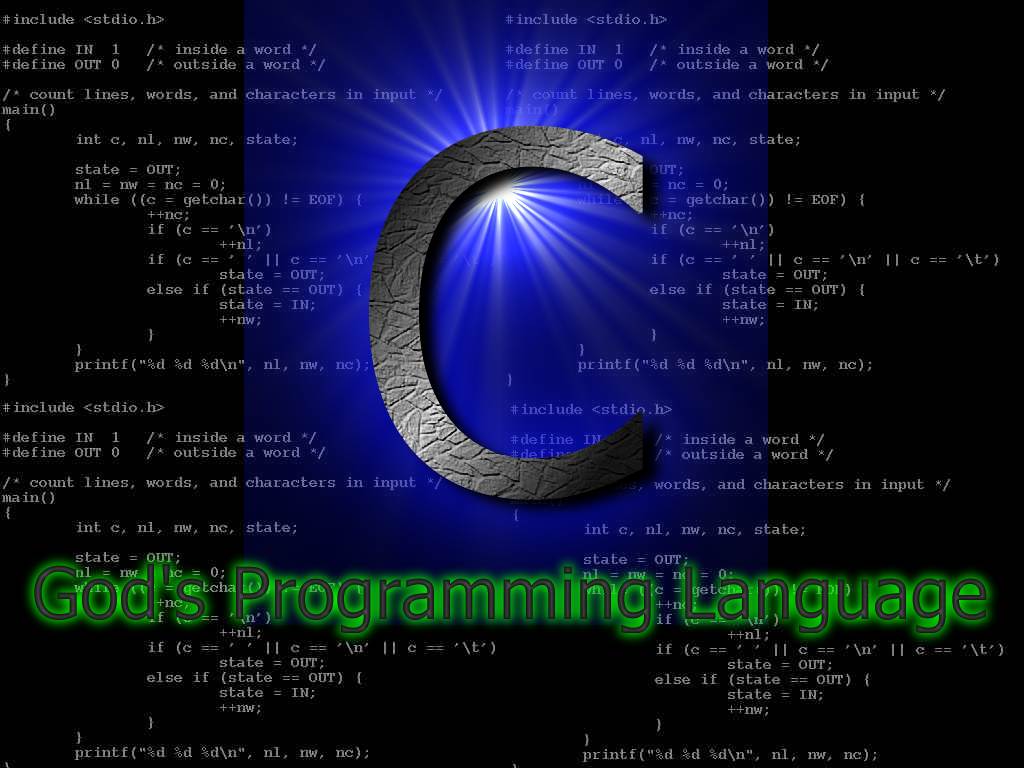In computer science, locality of reference, also known as the principle of locality, is the phenomenon of the same value or related storage locations being frequently accessed. There are two basic types of reference locality. Temporal locality refers to the reuse of specific data and/or resources within relatively small time durations. Spatial locality refers to the use of data elements within relatively close storage locations.
1) Temporal locality: if at one point in time a particular memory location is referenced, then it is likely that the same location will be referenced again in the near future. There is a temporal proximity between the adjacent references to the same memory location. In this case it is common to make efforts to store a copy of the referenced data in special memory storage, which can be accessed faster.
2) Spatial locality: if a particular memory location is referenced at a particular time, then it is likely that nearby memory locations will be referenced in the near future. In this case it is common to attempt to guess the size and shape of the area around the current reference for which it is worthwhile to prepare faster access.
Reasons for Locality:-
1)Predictability: In fact, locality is merely one type of predictable behavior in computer systems. Luckily, many of the practical problems are decidable and hence the corresponding program can behave predictably, if it is well written.
2) Structure of the program: Locality occurs often because of the way in which computer programs are created, for handling decidable problems. Generally, related data is stored in nearby locations in storage. One common pattern in computing involves the processing of several items, one at a time. This means that if a lot of processing is done; the single item will be accessed more than once, thus leading to temporal locality of reference. Furthermore, moving to the next item implies that the next item will be read, hence spatial locality of reference, since memory locations are typically read in batches.
3) Linear data structures: Locality often occurs because code contains loops that tend to reference arrays or other data structures by indices. Sequential locality, a special case of spatial locality, occurs when relevant data elements are arranged and accessed linearly. For example, the simple traversal of elements in a one-dimensional array, from the base address to the highest element would exploit the sequential locality of the array in memory.
Use of Locality in general :
If most of the time the substantial portion of the references aggregate into clusters, and if the shape of this system of clusters can be well predicted, then it can be used for speed optimization







